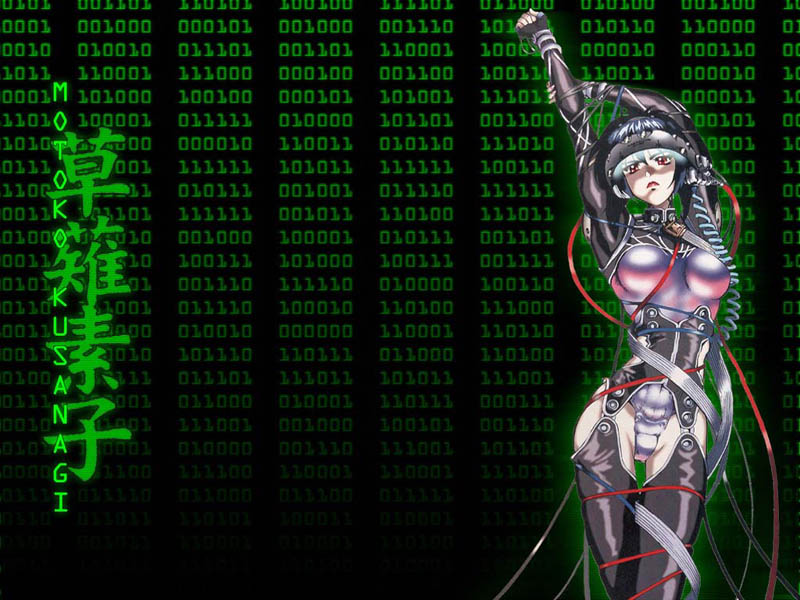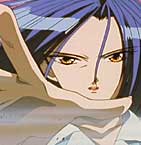Starting the Discussion
Animé:
The Final Frontier [For Now]

Drazen,
pp. 3-47
This is a pretty straightforward
history/analysis of animé, starting with its roots in manga and even
tracing manga back to Disney and the Fleischer brothers. The most important
figure in the first section is Osamu Tezuka, whose manga seems still to inspire
some of the best animé in Japan.
- What stylistic characteristics
did manga take from the French new wave filmmakers in the 1960s?

- Who was Japan's first superstar
character? What was he called when he got the the US and when did he get here?
- What factors contributed to the
easy transfer of these animations from one culture to another, particularly
from Japan to the West?
- How was the civil rights movement
in the US echoed in Japan in manga and animé?
- Based on your reading, what would
you say were the dominant characteristics of the first wave of animé
to hit the US?
- When did the second wave start?
Was it at all different from the first in its programming?
- The text makes a reference to
the growth of cable television; dreawing as well on your other reading on
television and animation, what differences should we expect to find from the
first to the second wave of animé?
- What is Sailor Moon and
why was it an important step in introducting animé to the US?
- How are product tie-ins related
to animé production in Japan? How does this parallel US practices?
- How does a convention differ from
a cliche? Does Drazen use this distinction in a consistent way?
- In watching Akira (and
looking back at any other animé you may have seen in the past), can
you see anything distinctive about the use of sound in animé?
- You might note some of the other
characteristics of animé as defined by Drazen in this chapter; how
many of them might be related to the dominance of Western, particularly US
culture in Japan in the period following World War II?
- How are Japanese conventions of
privacy related to the density of population in Japan? How is this related
to the ways in which individuals define their own personalities?

- What do the Japanese mean by ongiri?
How does it relate to family and group membership? How is this system of beliefs
reflected in animé? How might conventions of politeness be reflective
of population density?
- If you're planning a career in
international business or technology, you probably noted Drazen's comment
that "vocabulary, and even grammar, can change according to one's age,
one's gender, and one's social position relative to the other party in the
conversation." What are the implications of this statement for cross-cultural
communication? Are there any parallels in American English?
- How important is wa (harmony)
or consensus in the average American action movie? How does this reflect differences
in our two cultures?
- How do Japanese "loners"
differ from those in US mythology? What does this reflect about the two cultures?
- What are some of the ancient stories
Drazen finds in animé? What difference does it make that Japanese culture
is so much older than that of the US? Does it also matter that Japan can trace
a single cultural descent, where the US cannot?
Back
to Home Page



